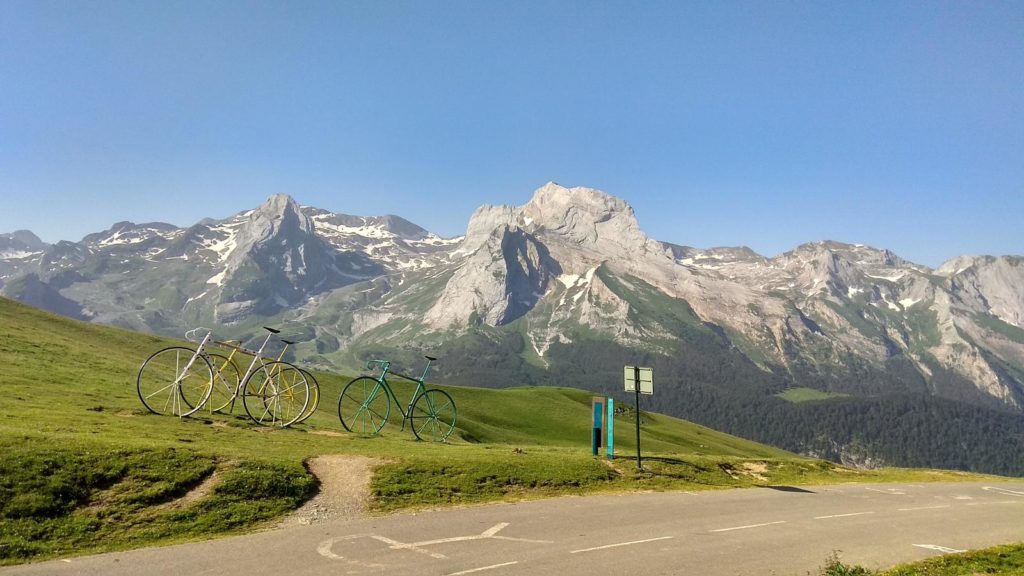
We are gearing up for the first of the Grand Tours de France. We are so high in the French mountains at the Col d’Aubisque – a magnificent mountain pass exceeding 5,600 meters above sea level – that we are almost high enough in the air to see it.
Why so Special
This pass holds special meaning to fans and riders of the world-famous Tour de France because only a handful of climbs have featured on all three editions of this famous race. The Col d’Aubisque has played a significant role in the Tour de France as it has provided a challenge to the climbers and been the scene of some spectacular mountain climbing moments. The climb has also been called by its locals “the col d’Adour,” which means “the favorite”.
Tour de France
The difficult bike race keeps going 23 days (21 days of hustling), with riders timing around 2,200 miles generally speaking, and this mountain pass is regularly one of its most testing stages. The street up the pass has levels in either heading that can tilt past 10%. This epic mountain stage was first added to the 1910 race, and it’s since showed up in the more significant part the yearly Tours, however not this year as it occurs.
Entirely out of the way of the street at the pass, these three monster bike models are painted in hues compared to the beautiful pullovers worn by Tour de France riders. The yellow bicycle speaks to the general time pioneer’s yellow shirt; the pioneer wears a green pullover in stage focuses, and a spotted shirt is for the best climber or the ‘Lord of the Mountains.’ It’s a well-suited name for any individual who overcomes the Col d’Aubisque, a ‘hors catégorie’ climb, which means it is past order.
You are Killers
While climbing the Aubisque in 1910, French rider Octave Lapize broadly shouted at Tour authorities, ‘You are killers!’ Today, drivers can rollover the go gracefully, yet cyclists, despite everything, have a challenging situation to deal with.
Up for the Challenge?
The Col d’Adour is regarded as the most challenging mountain climb in the Alps. It involves many turns and steep slopes that make it even more difficult than other mountains such as the Pyrenees. The mountain passes between the col d’Adour and the other necessary Alps passes are not particularly well marked at all. Still, the general view from the top of the mountain is spectacular, and there are plenty of stunning views to be had from any direction. The topography is varied; the terrain changes abruptly from flat land to steep slopes, and then back again as you approach the lower elevations of the Pyrenees. As you approach the foot of the Col d’Adour, the landscape flattens out and becomes even steeper. The final climb up the col d’Adour is relatively short, covering a distance of around 650 meters, but it still promises to be a tremendous challenge for the climbers.
The col d’Adour is an excellent place to start for the climbers approaching the final Pyrenean mountain climb’s foot. Many riders head down the mountain, hoping to see a descent downclimb on the Col d’Adour, which is the second-longest climb of the day after the day’s first climb, the Col des Tous. However, the descent on the Col d’Adour is challenging. The first part of the descent is made up of very steep climbs, and the last two kilometers are made up of cobbled sections, with many riders passing over rocky parts. The cobbles are a real problem for any cyclist.